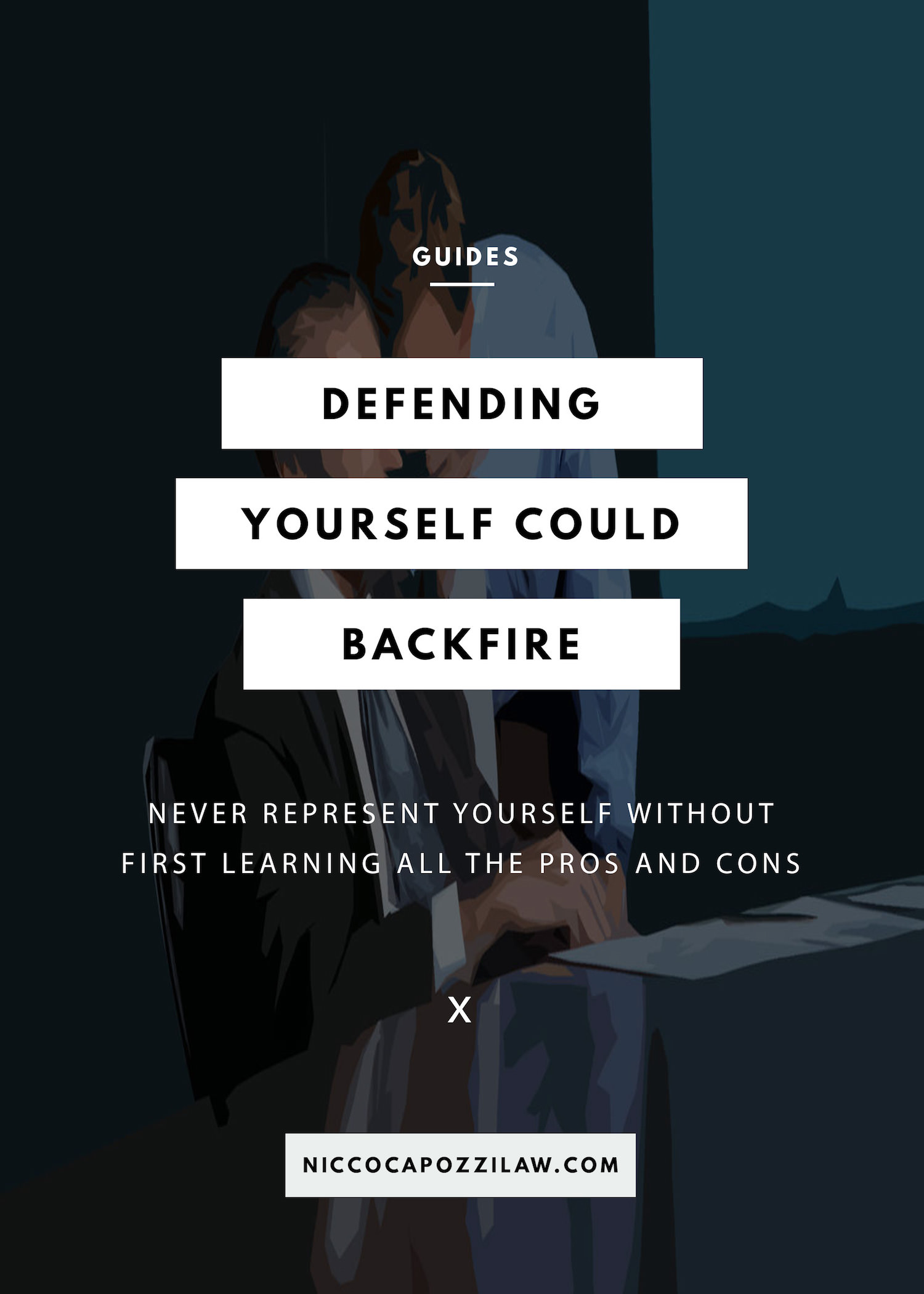Criminal Process Basics
Popular TV shows like Law & Order and Perry Mason depict that, after an arrest, a defendant enters a plea. Drama ensues, and then there is trial wherein a jury returns a verdict of guilty or not guilty. Reality is a little more complicated. Read below to learn the stage of a criminal law case.
Case Initiation
After a person is arrested and taken to jail, he or she:
Is released if no charges are filed, on promise to appear in court or posted bail/bond; or,
Remains in jail and is later transported to court.
Usually, an arresting officer prepares an arrest report. Attorneys, not defendants, have a right to this report.
Prosecutors decide whether to file charges, what and how many charges to file, and whether to charge the crime as a misdemeanor or felony.
Arraignment
In the defendant's first court appearance, the judge will state the charges and, if necessary, appoint an attorney.
Defendants enter a plea of guilty, not guilty, or no contest ("nolo contendere" – a guilty plea that cannot be used against defendants in civil proceedings).
Pre-Trial
Generally, the prosecution and defense:
- Exchange relevant information (discovery);
- File pretrial motions to dismiss the charges or prevent evidence from being presented during trial;
- Reach a plea bargain; or,
- Conference with the judge to resolve the matter without trial.
Before discovery for felony cases, the prosecution must present evidence to a judge (preliminary hearing) or grand jury to determine whether there's enough evidence that the defendant committed the crime. If so, the defendant is arraigned again, and then enters a plea.
Trial
Generally, defendants have a right to a jury. The prosecution and, for example, a criminal defense lawyer will select a jury. Each side presents his or her case during trial. The jury deliberates, and usually returns a guilty or not guilty verdict. If guilty, the defendant is sentenced.
Post Trial
Defendants have the right to an appeal. Your lawyer will argue that there (1) was not enough evidence to justify the verdict/judgment, and/or (2) were mistakes of law that hurt the defendant's case.





